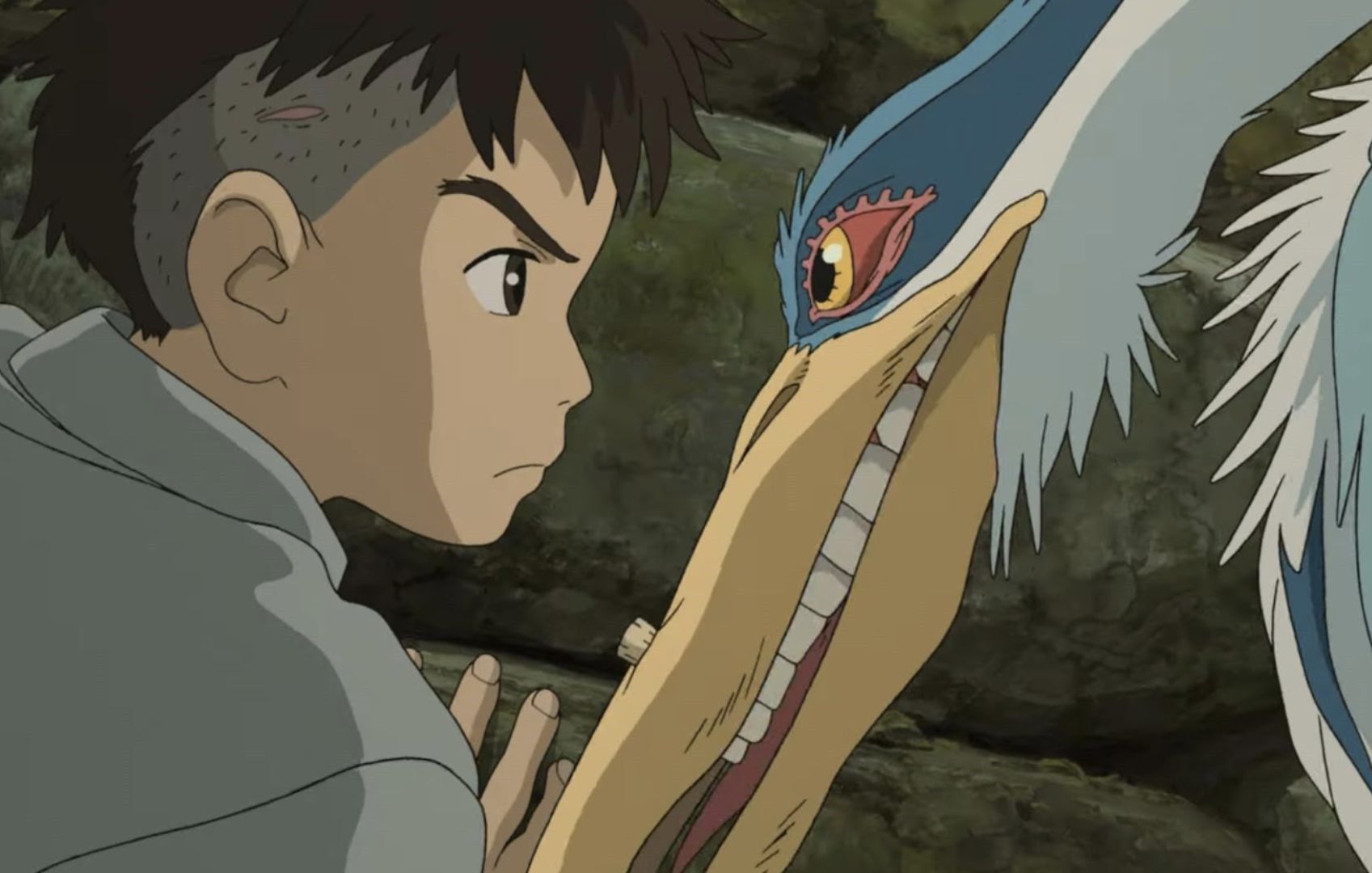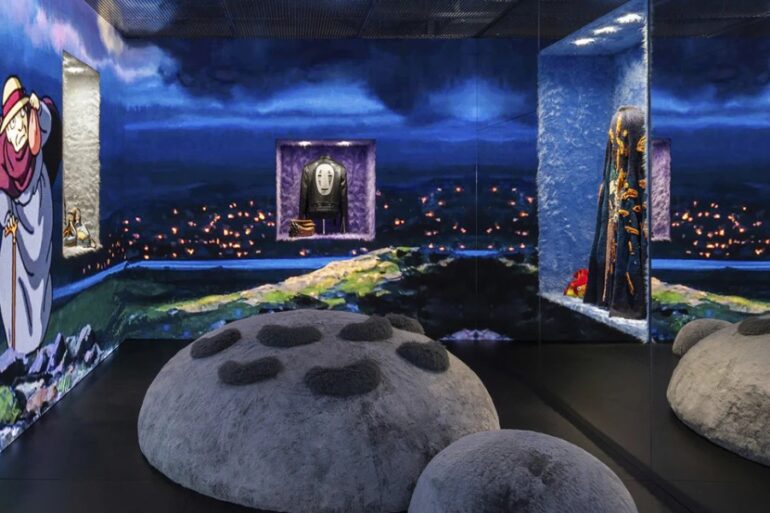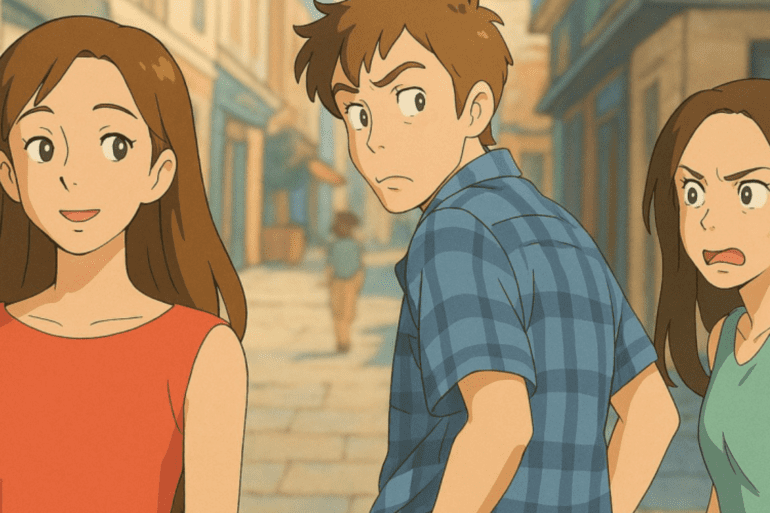Miyazaki came out of retirement—which he announced seven times only to come out seven times as well—to make ‘The Boy and the Heron,’ and spent seven years on the production as director and writer.
It hasn’t been a bright 2024 so far for Japan. An earthquake shook the country on New Year’s Day, two planes collided on a runway at Tokyo’s Haneda Airport just a day later, then there’s that huge fire that razed to the ground a former prime minister’s home in the heart of the capital.
There is a ray of sunshine, however faint it may be, thanks to Japan’s national treasure Hayao Miyazaki, whose latest feature The Boy and the Heron, under his animation company Studio Ghibli, won the Golden Globe for Best Motion Picture – Animated, the first-ever Golden Globe win for a non-English animated feature. The historic win came a few days after Miyazaki’s 83rd birthday last January 5.
While none of the filmmakers were present at the ceremony in Los Angeles to accept the award, producer Toshio Suzuki, who is also one of several co-founders of Studio Ghibli, took to X (formerly Twitter) to post a statement.
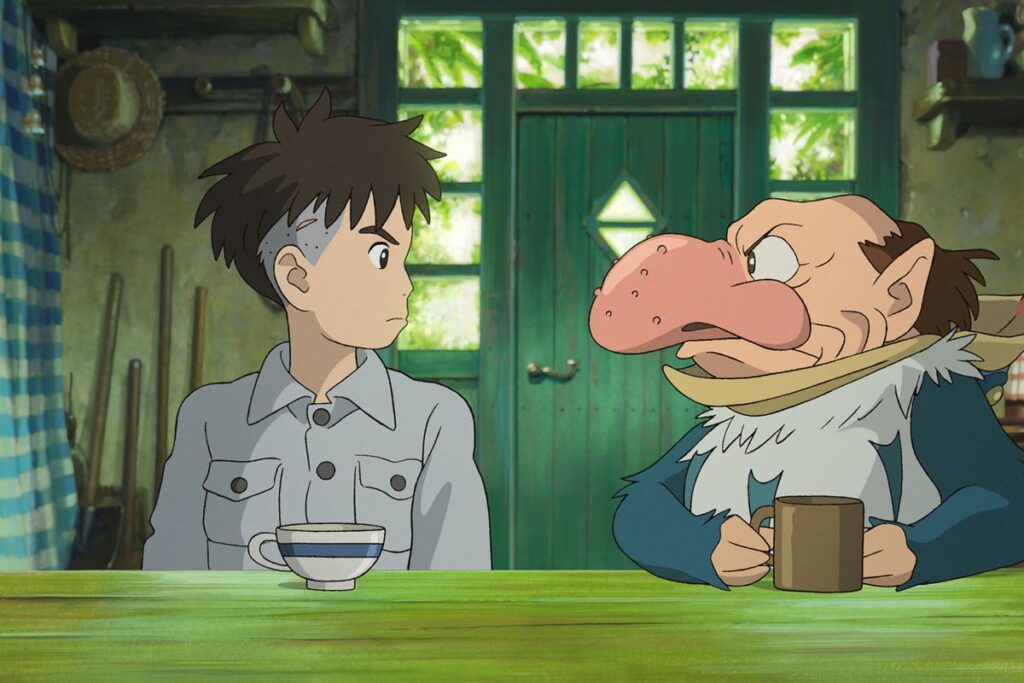


He wrote: “This is the first Golden Globe awarded to a Studio Ghibli film and it is a very special feeling…Since the beginning of this year, Japan has been hit by a series of tragic earthquakes and accidents…In such a situation, I hope the bright news of winning an award can bring a smile to everyone’s face, even if only a little.”
A video of a barefoot Suzuki at home, wearing only a simple sweater and sweatpants, was posted by his daughter and made the rounds online. He could be heard asking: “Did it win?”
The movie, which has a fantasy/coming-of-age premise, is billed as semi-autobiographical, echoing some parts of Miyazaki’s own life story. The film’s title in Japan, How Do You Live? is lifted from a 1937 children’s book by Genzaburo Yoshino, with the titular question explored throughout the film.
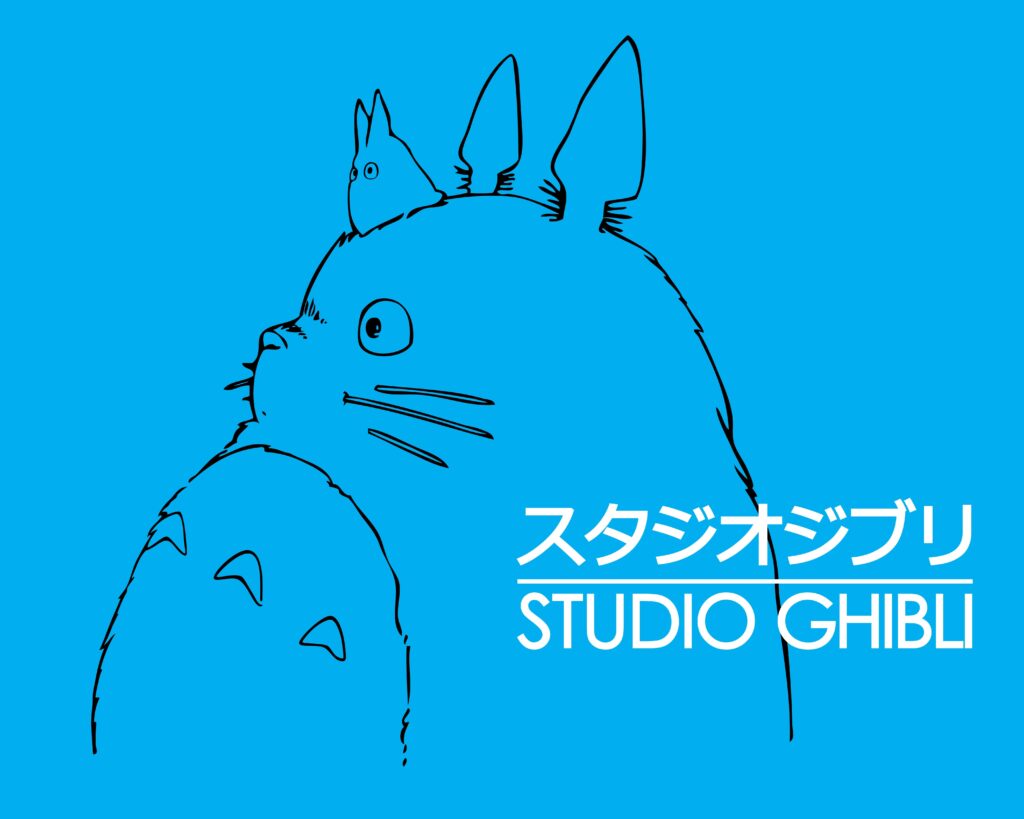


The Boy and the Heron’shuge win at the Golden Globes strengthens its position as a frontrunner at the Academy Awards where it is nominated in the same category. Should it win, it will be the second Studio Ghibli film to take home an Oscar after Miyazaki’s Spirited Away in 2001.
Miyazaki came out of retirement—which he announced seven times only to come out seven times as well—to make The Boy and the Heron, and spent seven years on the production as director and writer. If his retirement is to be believed this time around, this would be his 12th and final feature film.
The Boy and the Heron premiered in Philippine cinemas last Jan. 8, the first time a Miyazaki film was shown in local theaters. It is available for screening in its original Japanese version with English subtitles, as well as an English-dubbed one.
Despite The Boy and the Heron’s success—more accolades await it for sure—it is just one of the many feathers in Miyazaki’s metaphorical cap.
An illustrious six-decade career
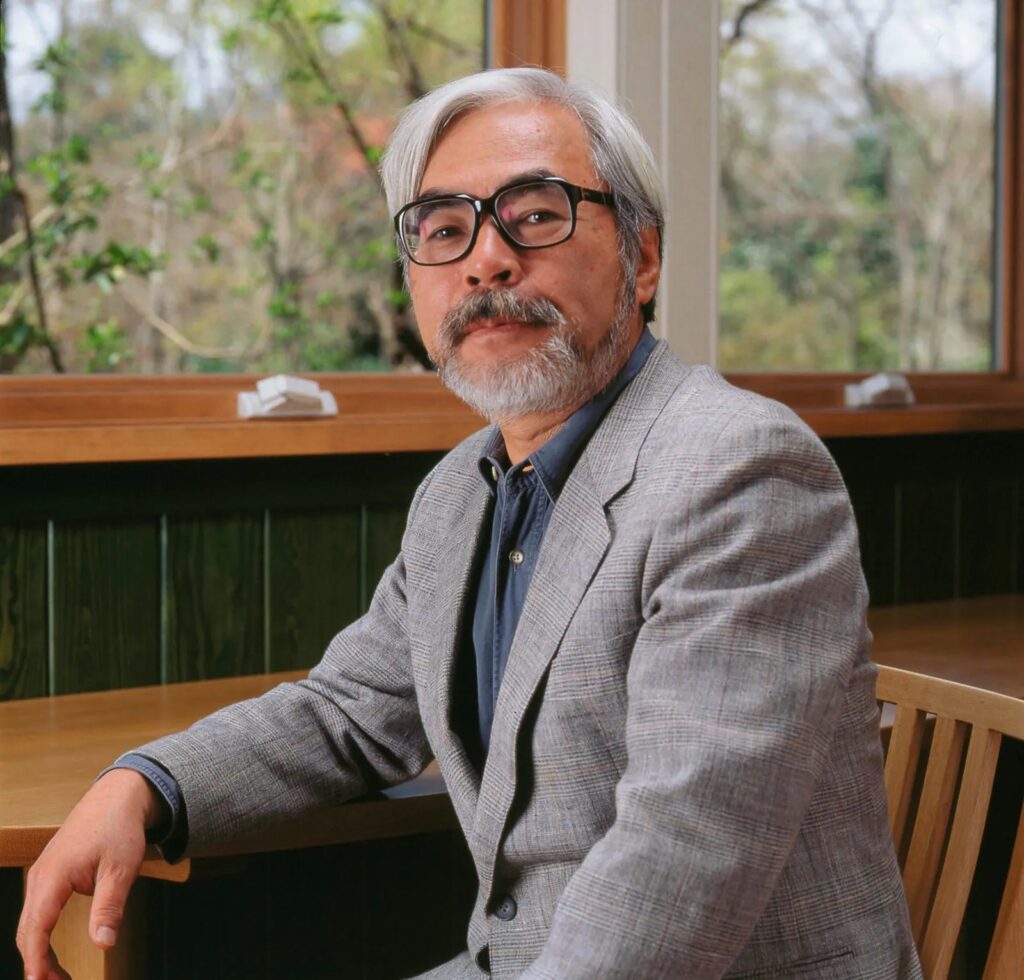


Miyazaki’s career, now spanning 61 years, started with an eight-year stint as an artist at Toei Animation in 1963. He made his directorial debut with the animated feature The Castle of Cagliostro, a Lupin III film, in 1979 under Telecom Animation Film Co. He had a prolific career in the succeeding years but it was his successful 1984 film adaptation of Nausicaä of the Valley of the Wind that cemented his reputation as a foremost animator in Japan.
It was the following year, in 1985, when Miyazaki co-founded Studio Ghibli with fellow legendary animator Isao Takahata and others. From here on, there was no other way but up for Miyazaki and his beloved studio, reaping one award after the next, both in Japan and on the international stage. Currently, his awards tally stands at 135 out of a total of 240 nominations.
Among the most significant of these accolades include Spirited Away’s historic win at the 75th Oscars, which to date remains the only hand-drawn Japanese anime and non-English-language animated film to win Best Animated Feature at the Academy Awards. Howl’s Moving Castle and The Wind Rises were also nominated for Best Animated Feature at the 78th and 86th Academy Awards, respectively. With the Golden Globes considered a bellwether for the Oscars, The Boy and the Heron, which is nominated for the same award (as well as for Best Original Score for the equally iconic Joe Hisaishi), is on the cusp of a win.
Miyazaki was named a Person of Cultural Merit by the Japanese government in November 2012 for his “outstanding cultural contributions.” The award is conferred upon those who have contributed to the advancement and development of Japanese culture in a variety of fields, including academia, arts, science, and sports.
His other accolades—among many more—include eight Tokyo Anime Awards, eight Kinema Junpo Awards, six Japan Academy Awards, five Annie Awards, and three awards from the Anime Grand Prix, the Venice Film Festival, and a Golden Bear for Best Film from the Berlin Film Festival for Spirited Away, an award shared with the Northern Ireland drama Bloody Sunday.
Beyond shiny trophies
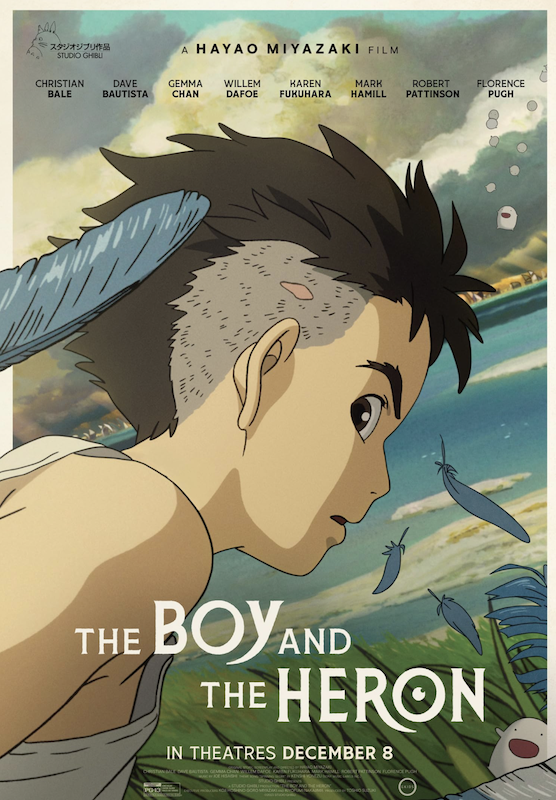


But Miyazaki’s legacy goes beyond the awards he has amassed over the years.
Since its inception, Studio Ghibli has produced some of the most acclaimed and beloved animated films, with a filmography that could easily rival that of Disney Animation Studios’. Some people say Studio Ghibli is Japan’s answer to Disney—I beg to disagree, however. In so many ways, Miyazaki and the studio have proven through almost four decades that they are inimitable.
In fact, it might just be the other way around with Miyazaki and Studio Ghibli inspiring the works of animation studios such as Disney and Pixar. Disney’s Glen Keane (The Little Mermaid, Beauty and the Beast, Aladdin, Pocahontas, and Tangled), for instance, once said that the Japanese animator is a “huge influence” on the animation studios and has been a “part of our heritage” since The Rescuers Down Under (1990). Keane also considers My Neighbor Totoro as one of the five movies which inspired his career in animation.
Meanwhile, John Lasseter, who was the former chief creative officer of Pixar Animation Studios, Walt Disney Animation Studios, and Disneytoon Studios, famously said: “Whenever we get stuck at Pixar or Disney, I put on a Miyazaki film sequence or two, just to get us inspired again.”
He also shared how he showed Miyazaki clips to his wife Nancy during one of their first dates. “She’s the love of my life. And I’m not kidding you, I wooed her with Hayao Miyazaki’s first film. When I say Japanese animation has had a profound effect on my life, well, there’s proof positive,” he said.
Other acclaimed creatives like who said they have been influenced by Miyazaki are Wes Anderson, James Cameron, Guillermo del Toro, Mamoru Hosoda, Bong Joon-Ho, Makoto Shinkai, Travis Knight, and Steven Spielberg.
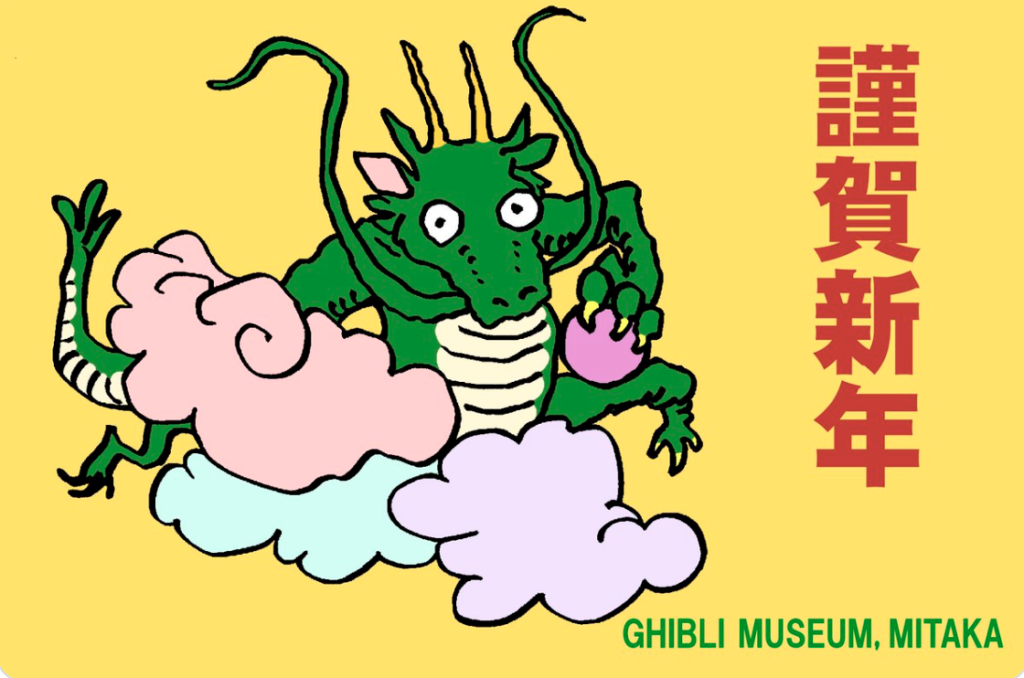


Miyazaki’s anti-war and pro-environmental views are also imbued in his films, making his works not only masterpieces of animation but also cultural gems that convey timeless themes including the importance of empathy, peace, and respect for the environment.
The octogenarian is also known for his strong female lead characters, which according to an article on the BBC, are partly inspired by his late mother, Yoshiko, with whom he was close. Unlike many animated films and series in Japan, Miyazaki’s heroines are neither infantilized nor sexualized. They are rather the opposite—strong, daring, and smart—ideal role models for young girls. At the time when his earliest films were produced, these progressive representations of women were pioneering in Japan, a country known for being a rigidly patriarchal society.
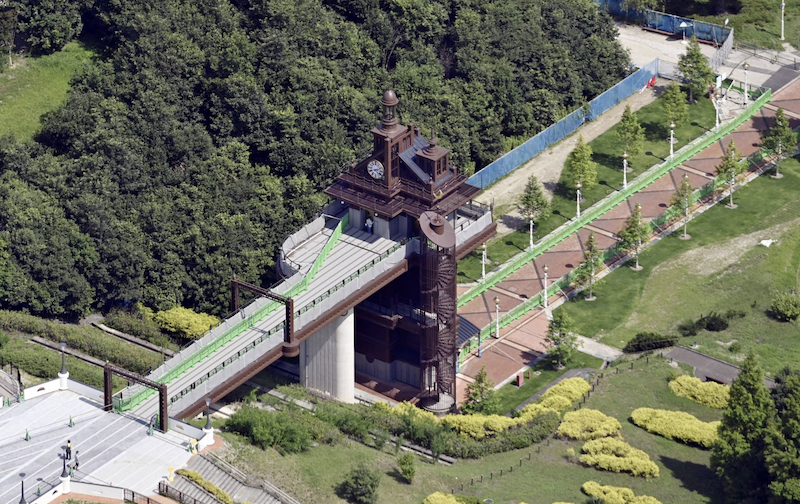


The success of his works has led to the opening, finally, of a Studio Ghibli amusement park in Aichi at the end of 2022, in addition to the magical Studio Ghibli museum in Mitaka, Tokyo (one of my favorite places in the world—please do visit it when in the city), which has been delighting fans the world over since 2001. The building is designed by Miyazaki himself who continues to serve as the museum’s executive director.
Miyazaki has yet to make an announcement as regards his retirement. He has released, however, through the official Studio Ghibli account on X, a new nengajo, the Japanese version of a New Year’s card. The studio also released a message that says, “…we are very happy that he [Miyazaki] is still working in the studio.”
The Boy and the Heron may or may not be the great Hayao Miyazaki’s swan song. Whether or not he will really retire this time no longer matters. He is Japan’s gift to the world and his legacy will transcend time—through 61 more years and beyond.

